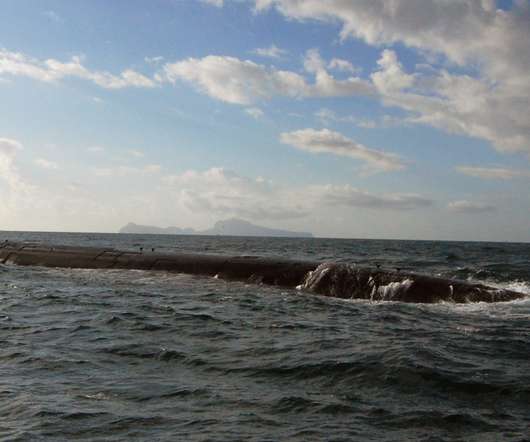3M and LG Chem enter into NMC patent license agreements; cathode materials for Li-ion batteries
Green Car Congress
AUGUST 4, 2015
Under the agreement, 3M grants LG Chem a license to US Patents 6,660,432 (Paulsen et al. ); 6,964,828 (Lu and Dahn); 7,078,128 (Lu and Dahn); 8,685,565 (Lu and Dahn); and 8,241,791 (Lu and Dahn) and all global equivalents including in Korea, Taiwan, Japan, China and Europe. Earlier post.)











Let's personalize your content